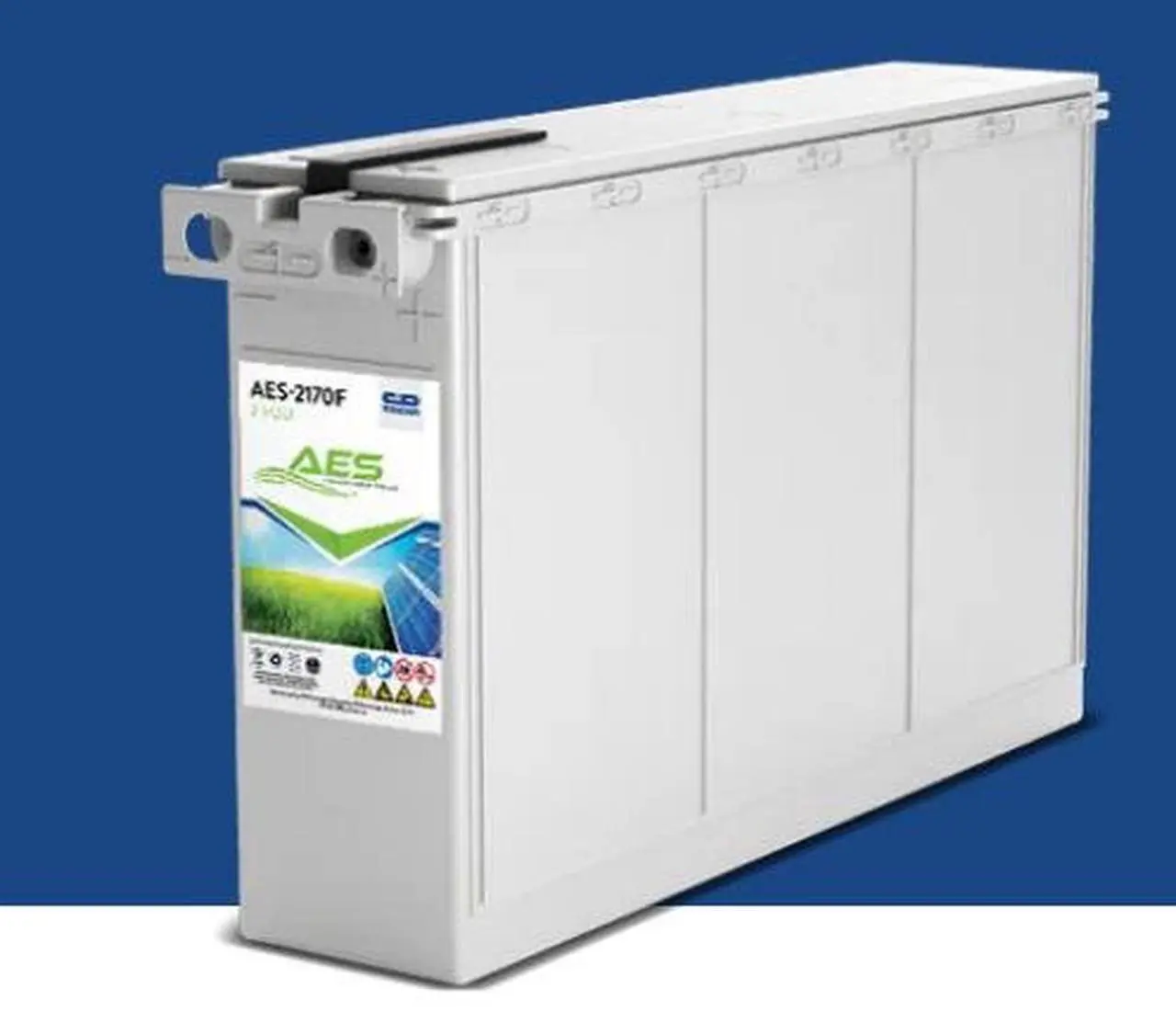In an era of state-of-the-art innovation and constant development, the universe of energy storage has witnessed remarkable improvements. Lithium-ion, lithium-polymer, and other advanced battery technologies have gained prominence due to their high energy density, faster charging, and longer lifespan.
In the midst of these technological advancements, you may be wondering what to do with older energy storage options, especially a flooded cell battery.
In 2024, flooded cell batteries may be underestimated or ignored as the market is dominated by alternatives. Now, the question arises here: Are flooded cell or wet cell batteries still relevant in 2024 or in the upcoming years? Read this blog to learn the answer to your question.
Understanding Flooded Cell Batteries
A flooded cell battery, also known as a wet-cell battery, is a type of lead-acid rechargeable battery that has been used for decades. These types of batteries are used in various applications, powering everything from electric vehicles to industrial equipment. The flooded cell battery is made of lead plates submerged in an electrolytic solution, usually a mixture of sulfuric acid and water.
The Allure of Flooded Cell Batteries
Flooded cell batteries are still in demand despite the emergence of many advanced battery technologies, and for good reason.
1. Cost-Effectiveness: One of the key benefits of using flooded cell batteries is their cost-effectiveness. In contrast to other advanced battery options, such as lithium-ion batteries, wet-cell batteries are still an affordable choice for many applications, especially when the initial investment is substantial.
2. Proven Reliability: Flooded batteries have a long history of reliability and have been in use for decades. Their design and chemical composition are easy to understand, which makes them a savvy choice in situations where reliability and predictability are critical. This reliability factor is evident in applications like backup power systems and UPS (uninterruptible power supply) units, etc.
3. Easy Maintenance: Flooded-cell batteries are relatively easy to maintain, unlike some high-tech batteries that demand support for intricate maintenance procedures. You just need to refill the water when the electrolyte level is above the level marked there. This simplicity makes them a great option for users who want to keep things simple.
4. Robust Performance in Specific Applications: Flooded cell batteries perform exceptionally well in certain applications where their unique characteristics shine. For instance, they are well-suited for providing short bursts of high current, making them the go-to choice for starting automobile engines. The ability to deliver fast and powerful surges of energy is an element that some modern alternatives may not succeed at.
The Continued Relevance of Flooded Cell Batteries:
Even though the energy storage landscape is evolving, but flooded cell batteries still serve a purpose and are relevant in a variety of situations.
1. Niche Applications: Flooded cell batteries remain an attractive option in niche applications where their specific characteristics are beneficial. For example, it is useful in off-grid solar systems or remote locations where expenses and simplicity take precedence over the need for cutting-edge technology.
2. Budget-Conscious Markets: In areas where budget constraints play a significant role in decision-making, flooded cell batteries continue to be popular. The lower upfront costs and proven reliability make them a compelling choice for consumers and businesses that want to balance performance with financial constraints.
3. Backup and Standby Power: Flooded cell batteries continue to serve as an excellent option for backup power systems. In situations where occasional usage and preparedness are paramount, the lower upfront costs and ease of maintenance make flooded cell batteries an economical option.
Conclusion:
In the 2024 energy storage scenario, flooded batteries may or may not be at the top of the list or at the forefront of next-generation applications, but their enduring appeal in specific sectors has proven their robustness and efficiency. Whether starting your car’s engine, powering critical systems, or powering off-grid systems, a flooded cell battery continues to showcase its resilience in the ever-changing world of energy storage.


Leave a Comment